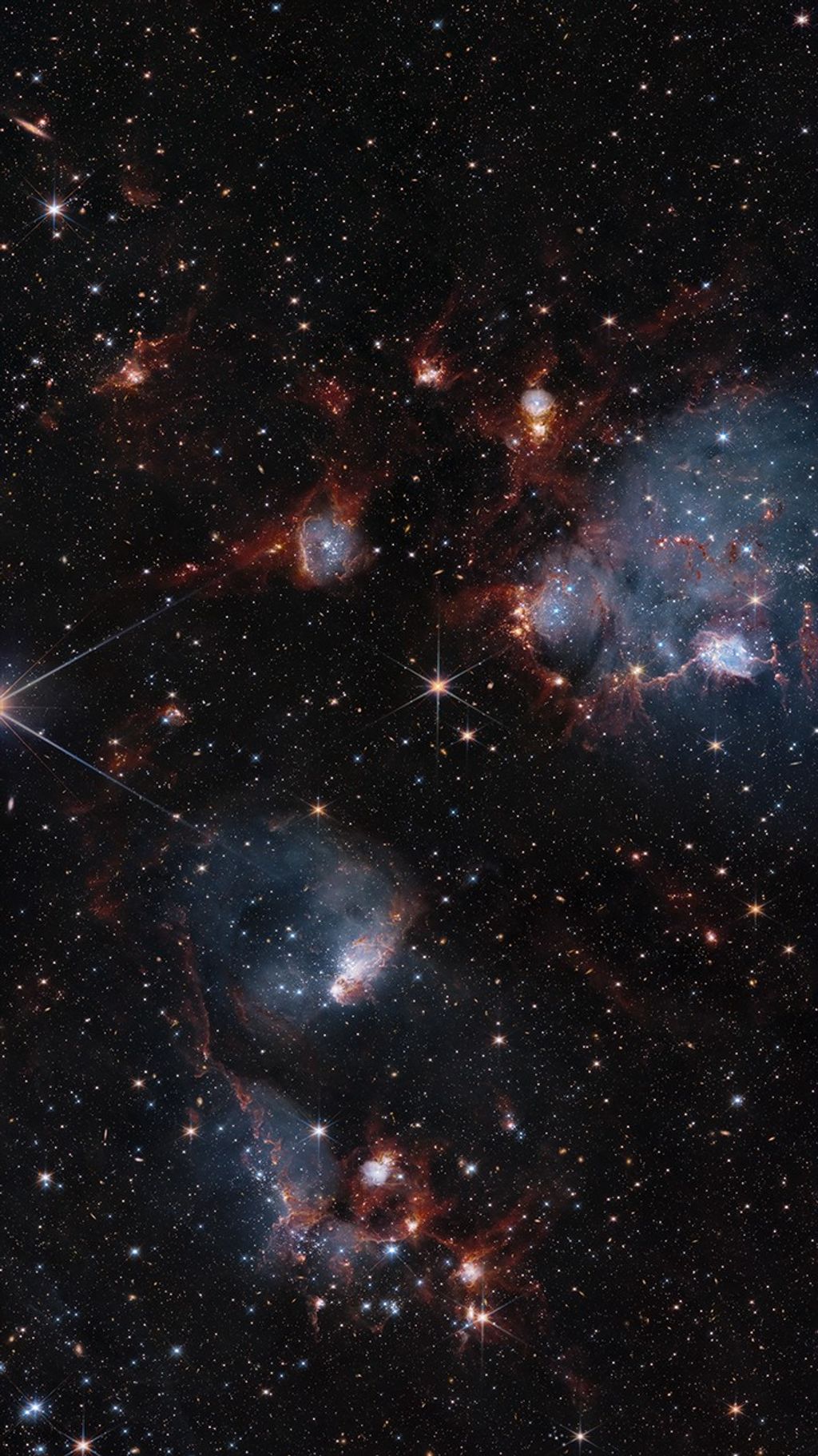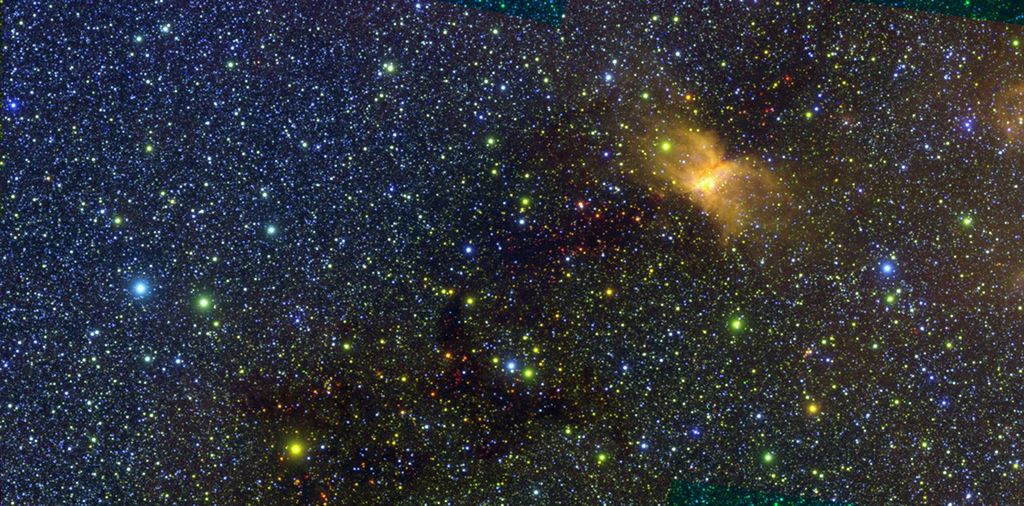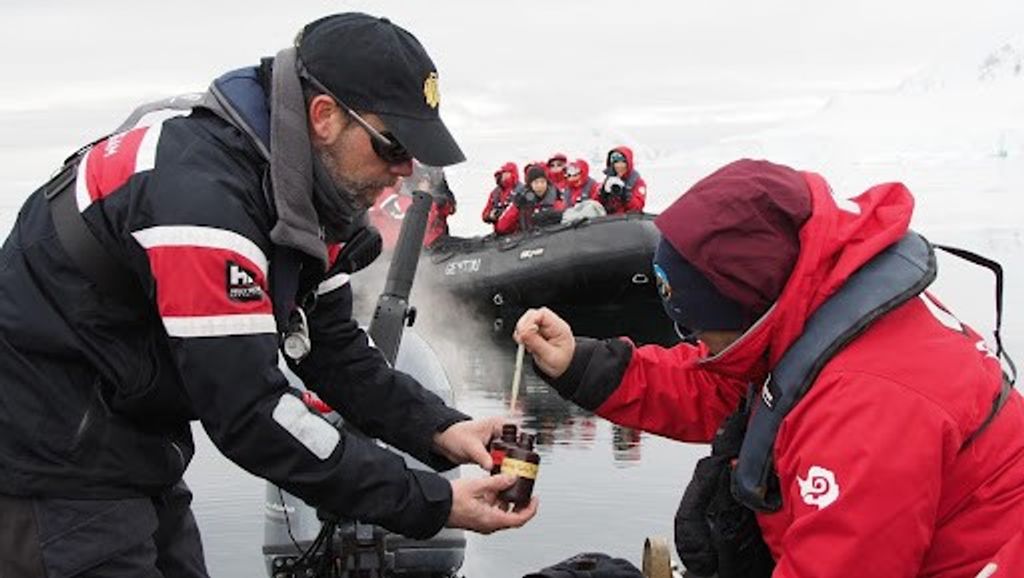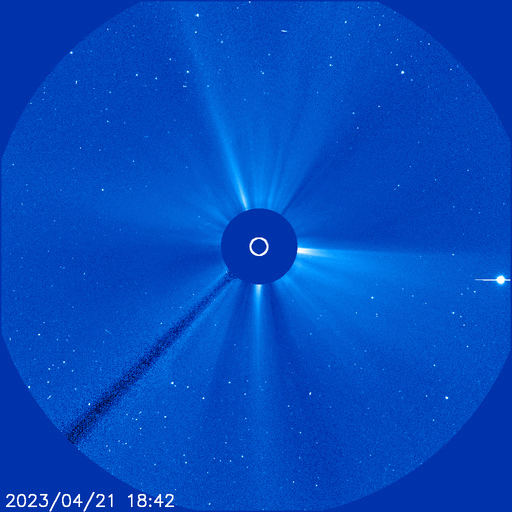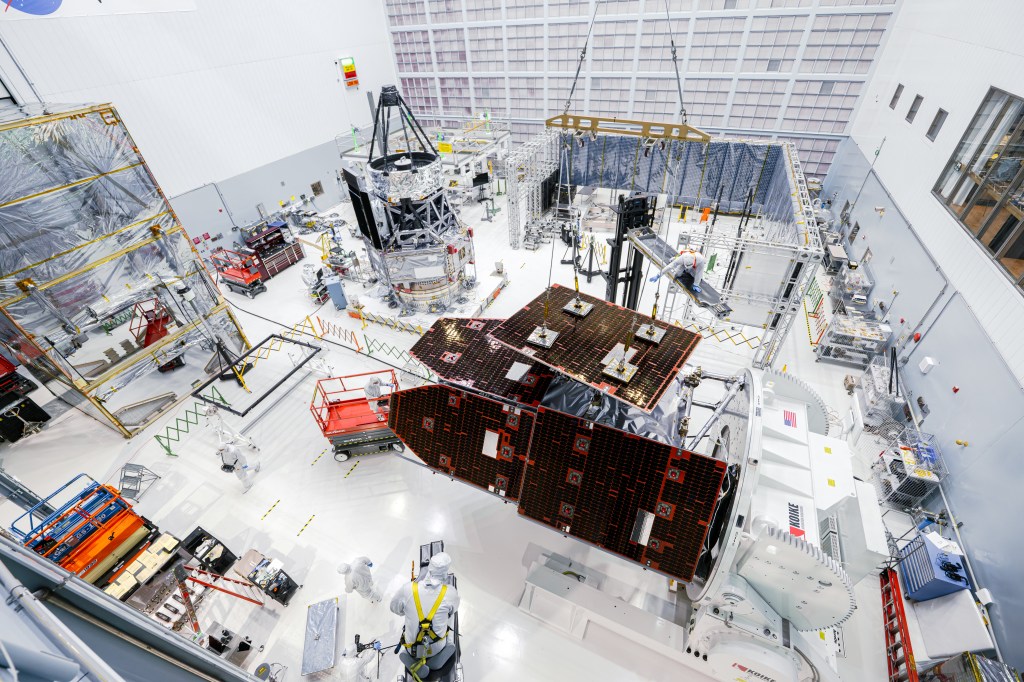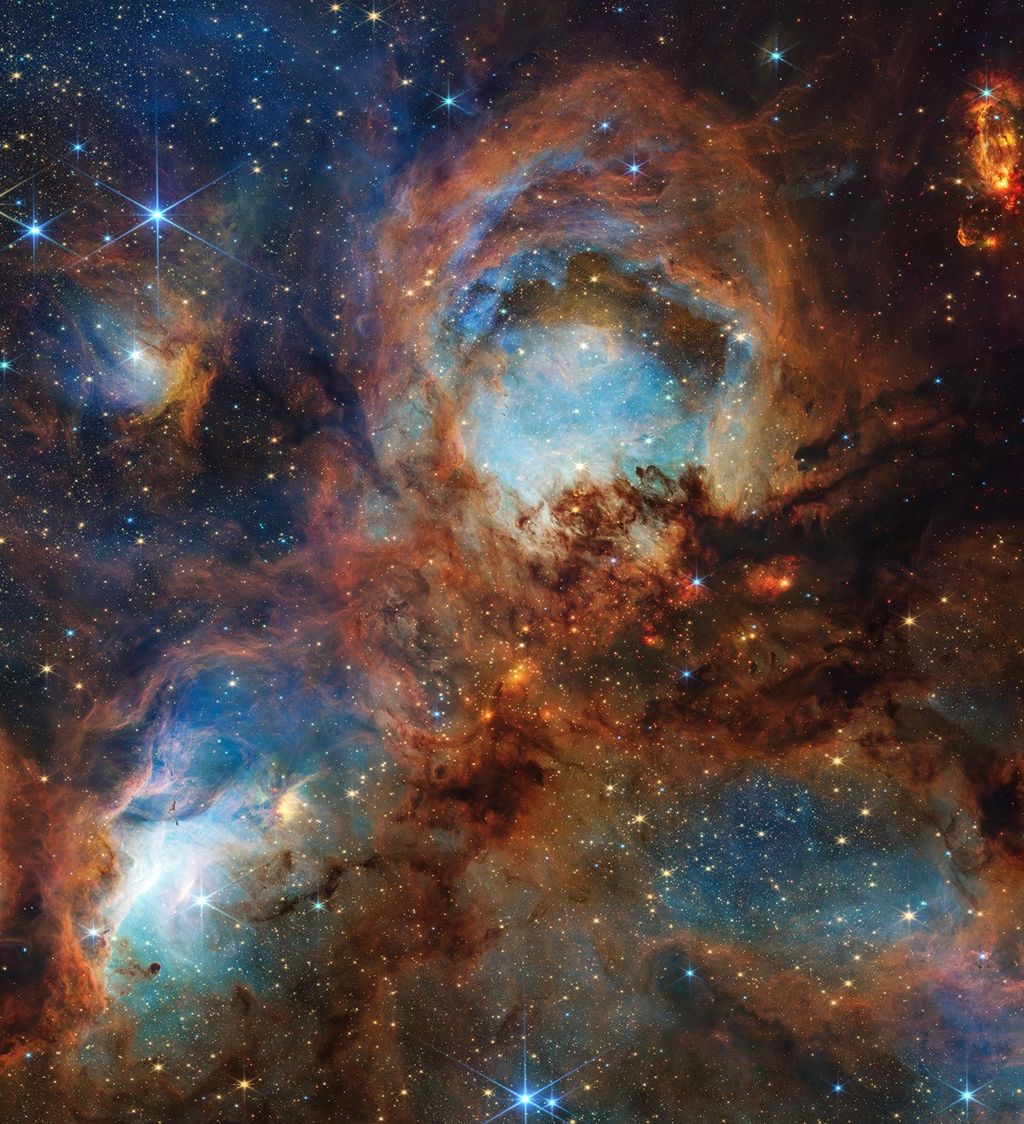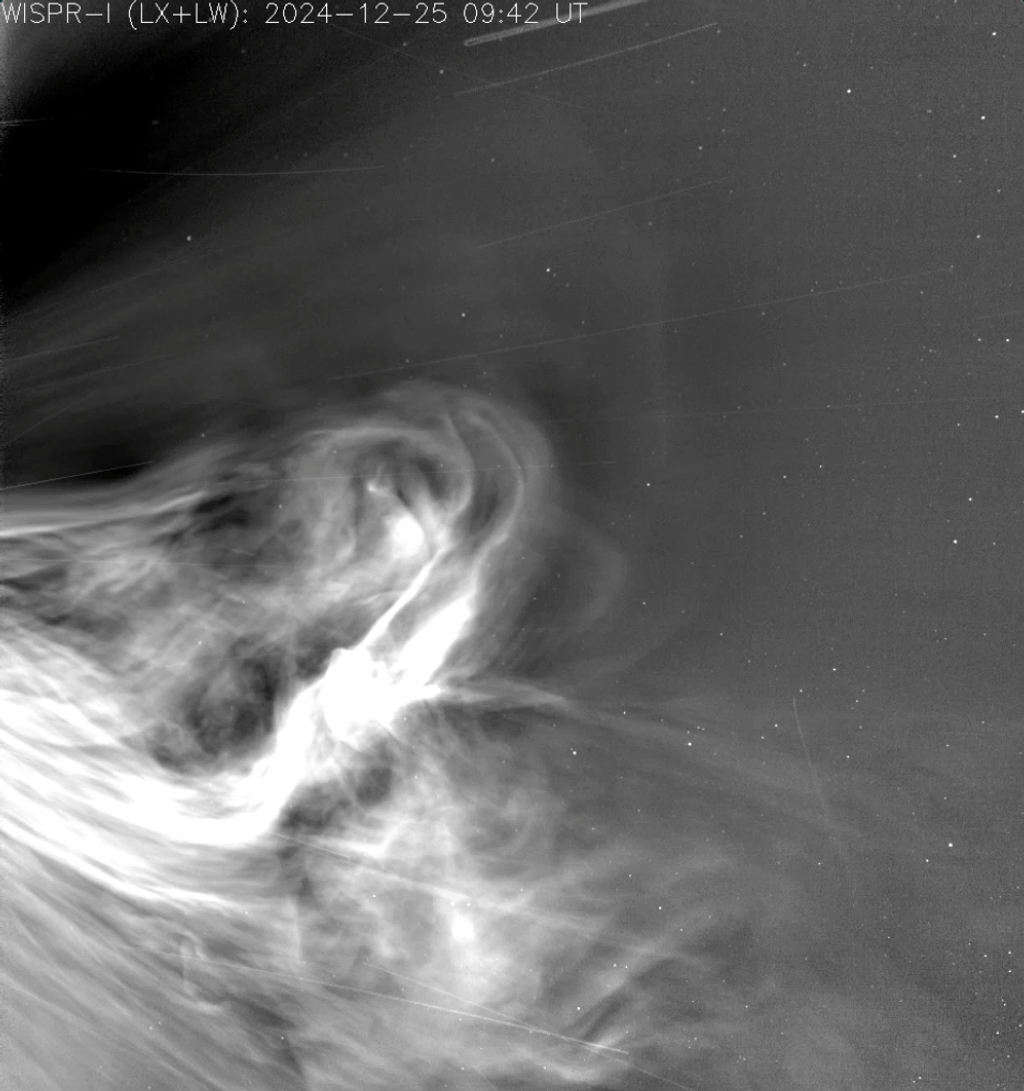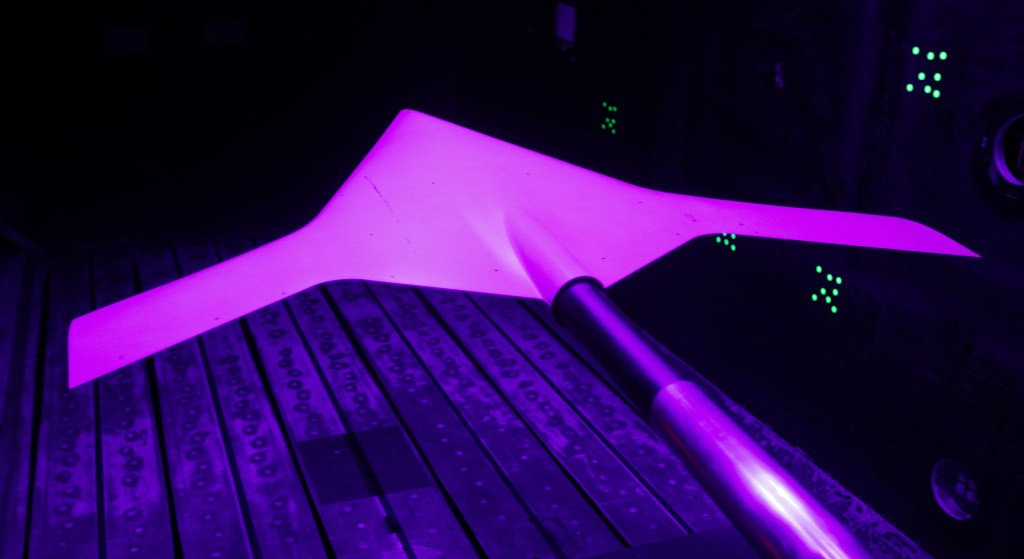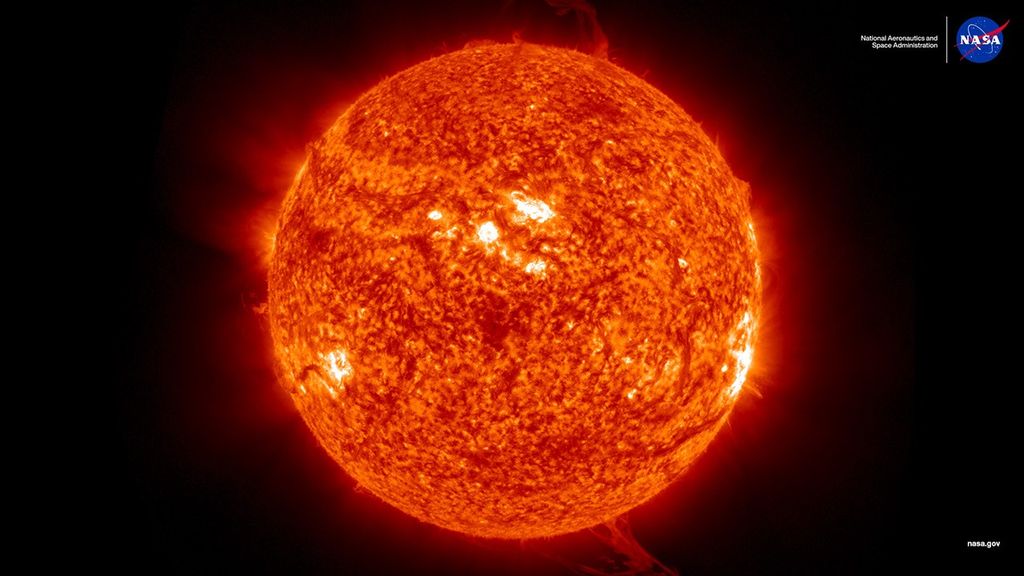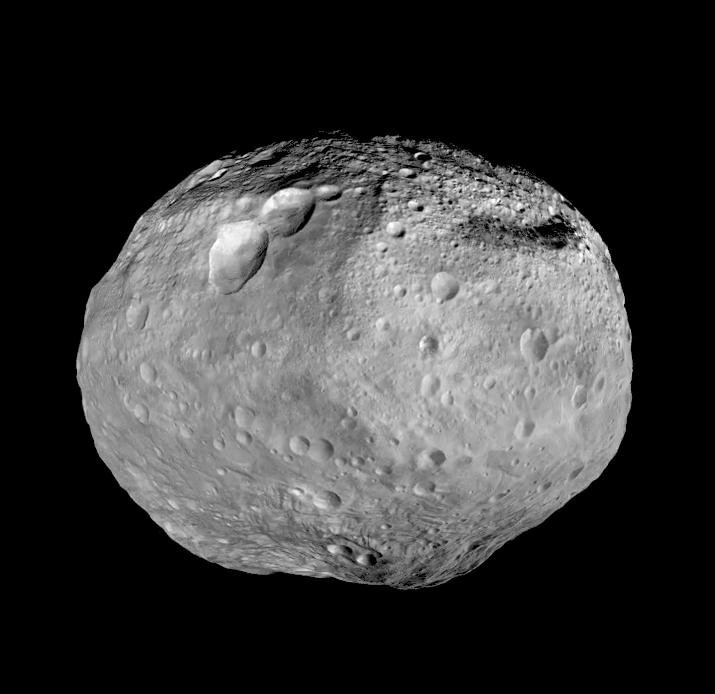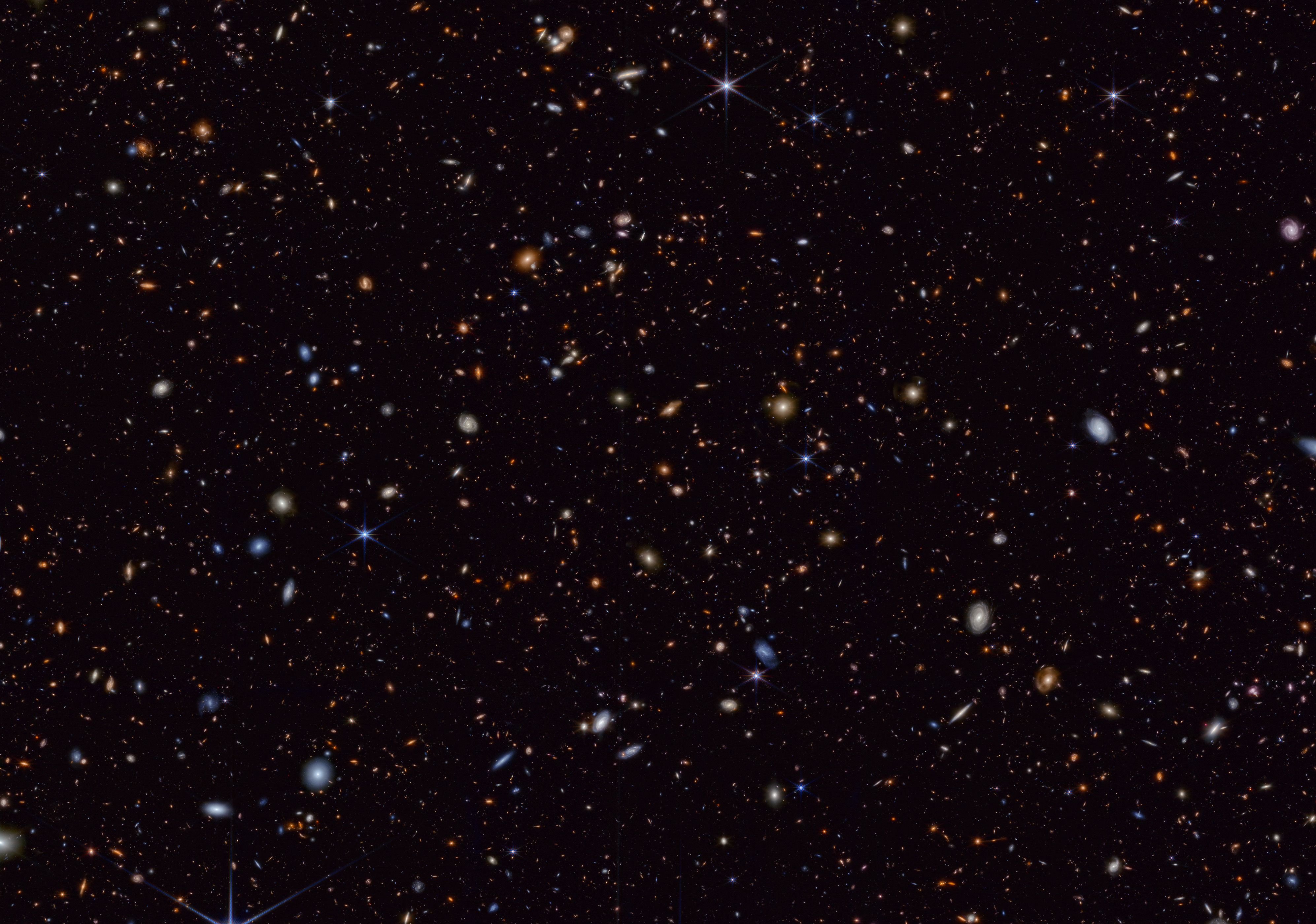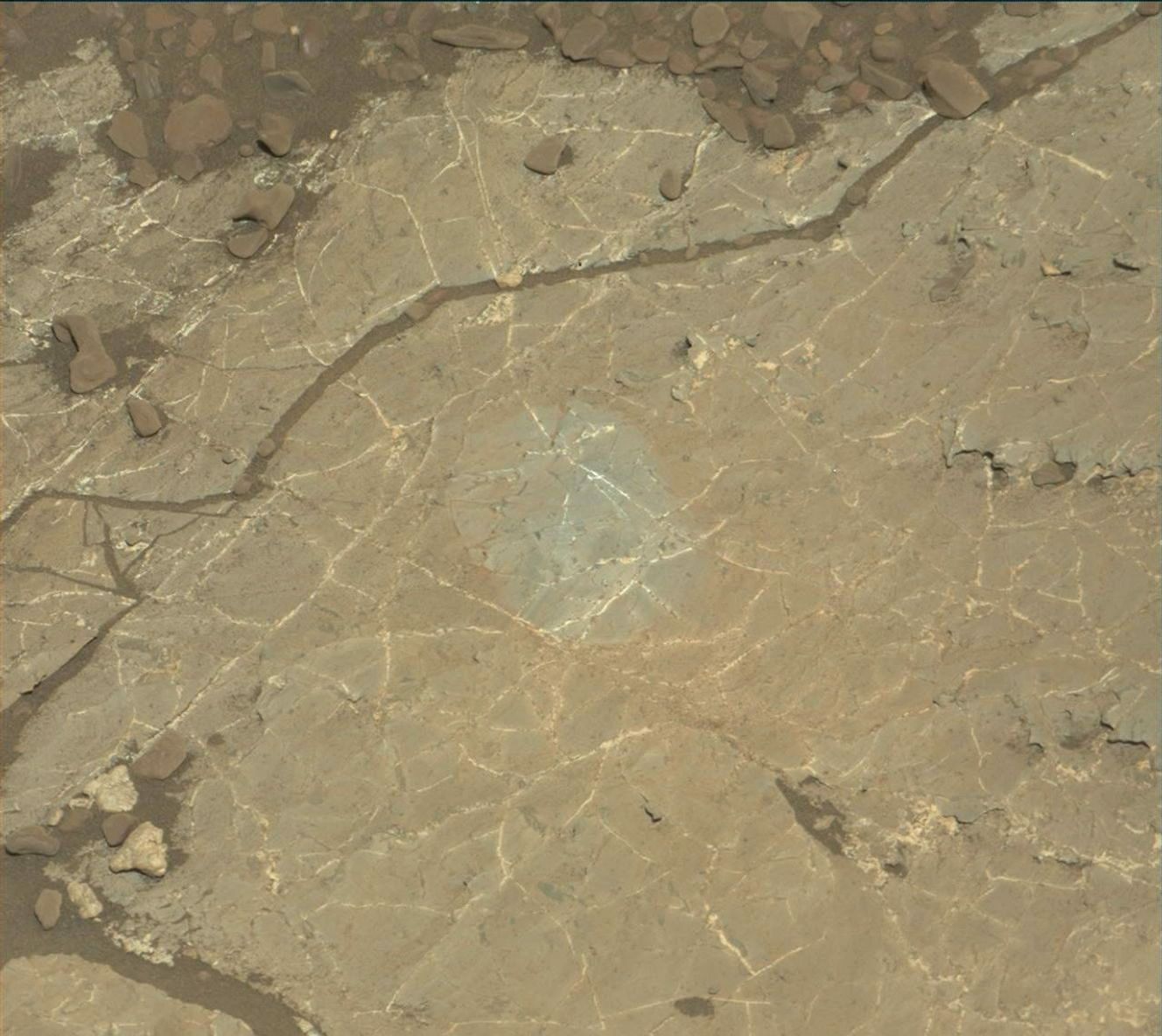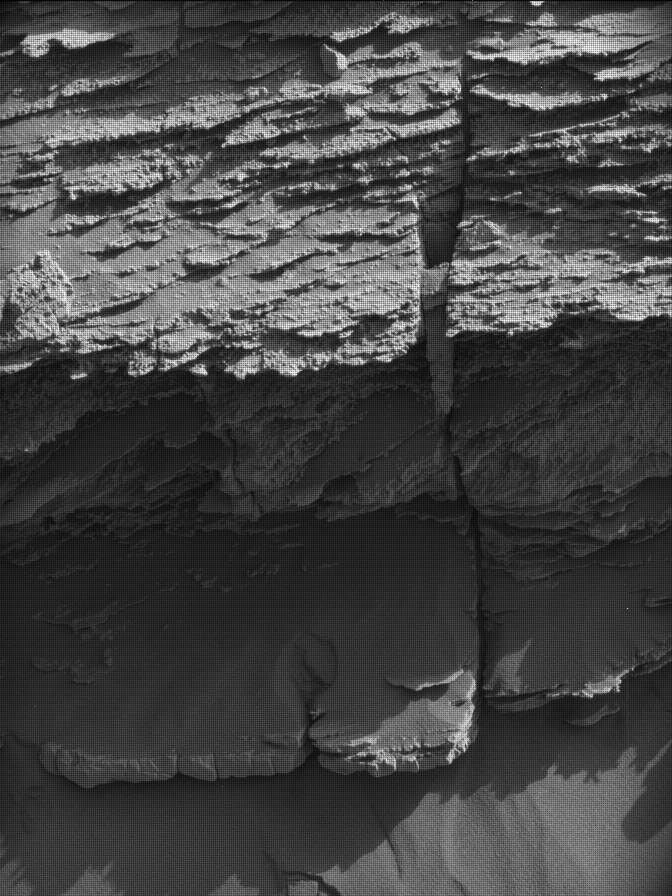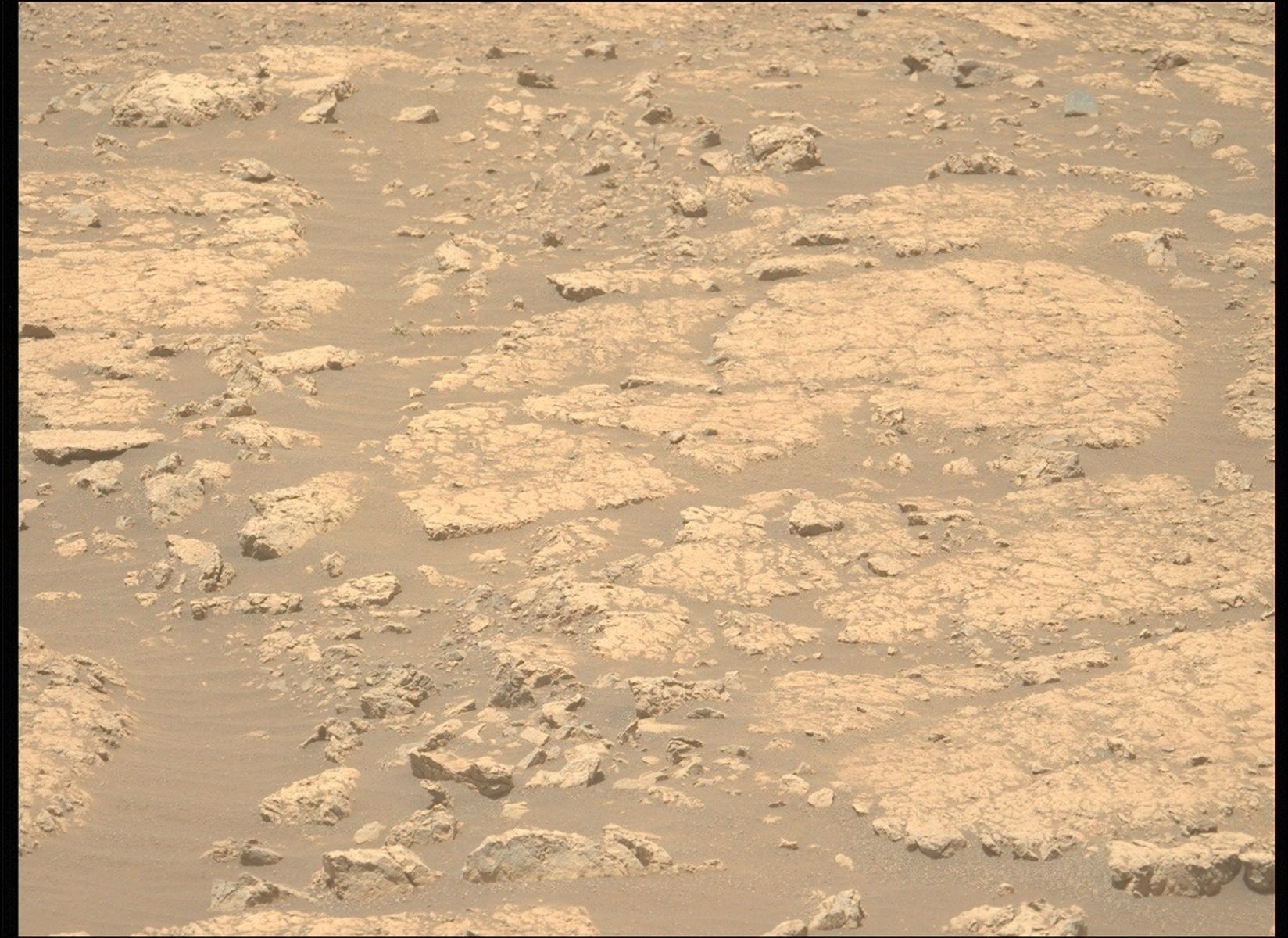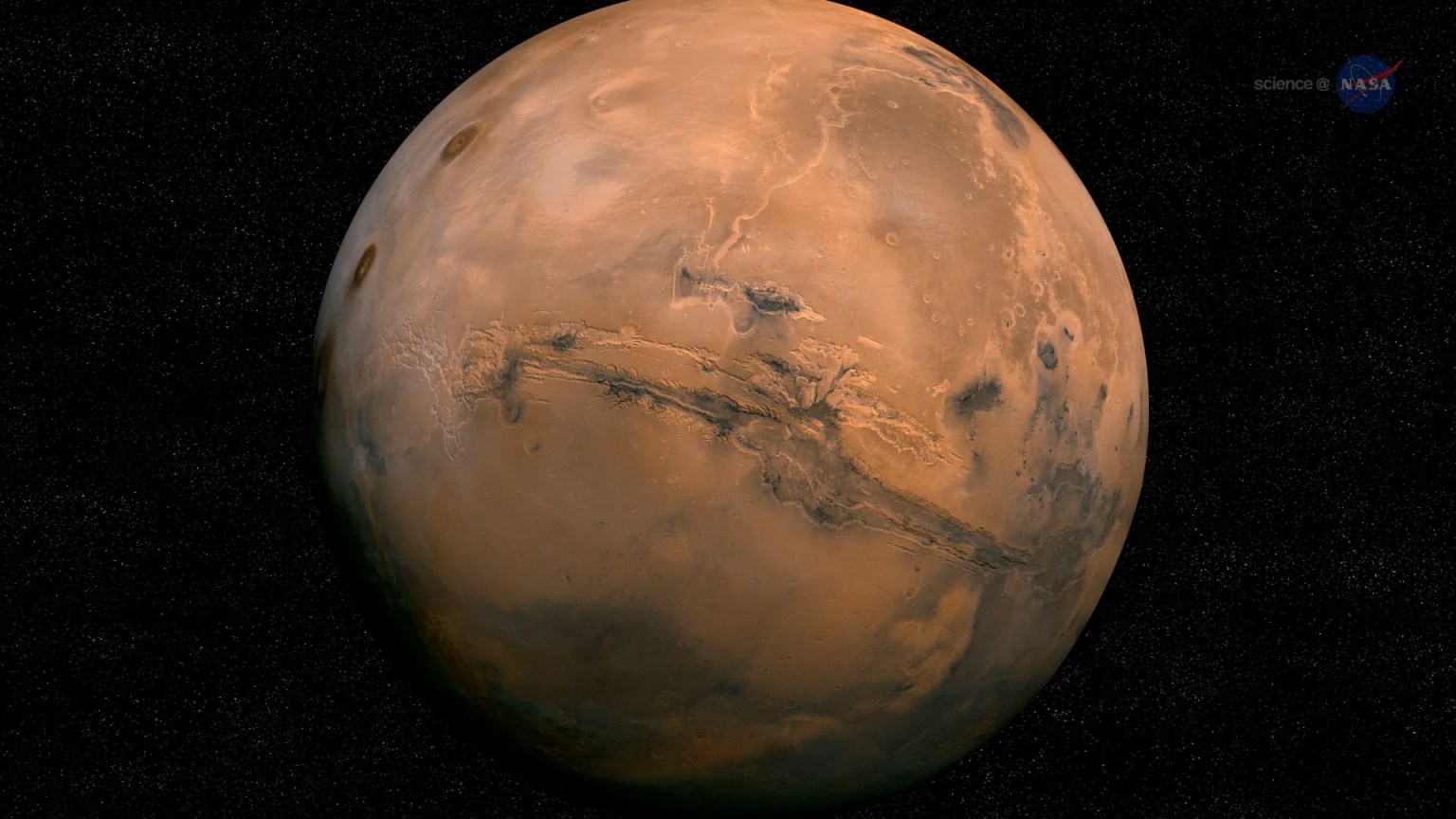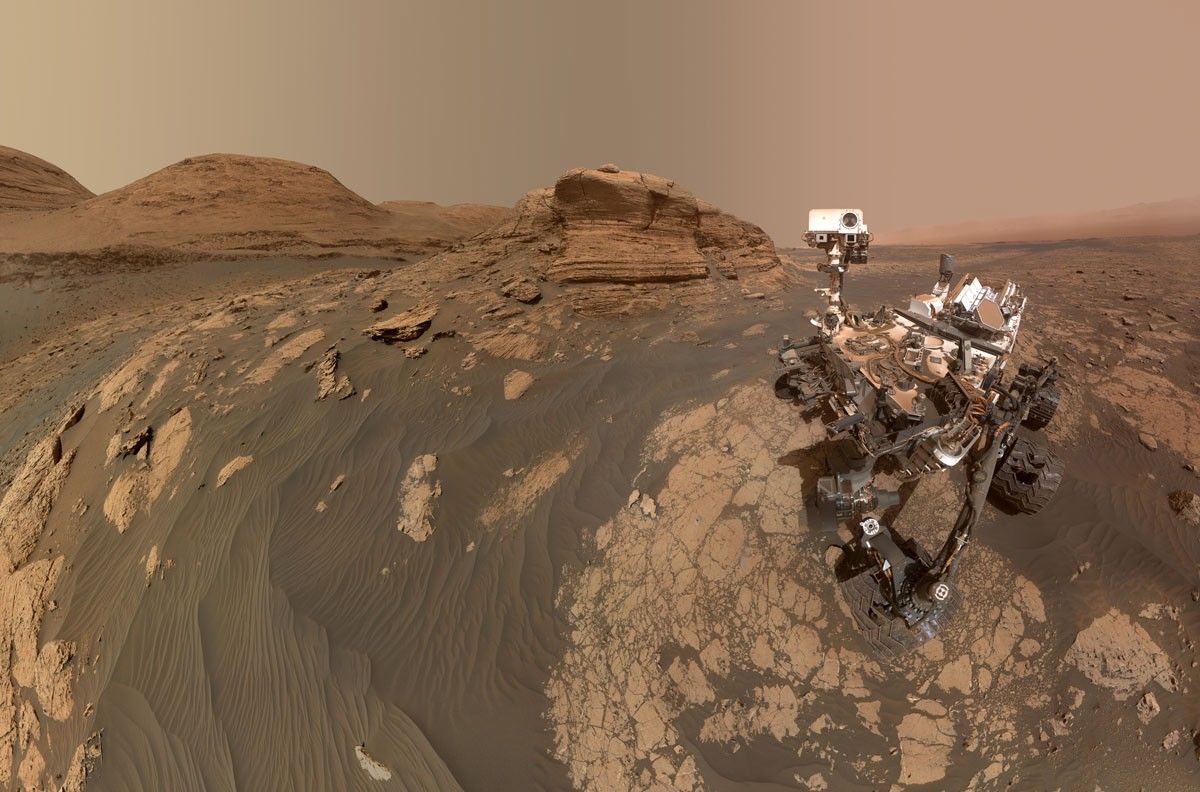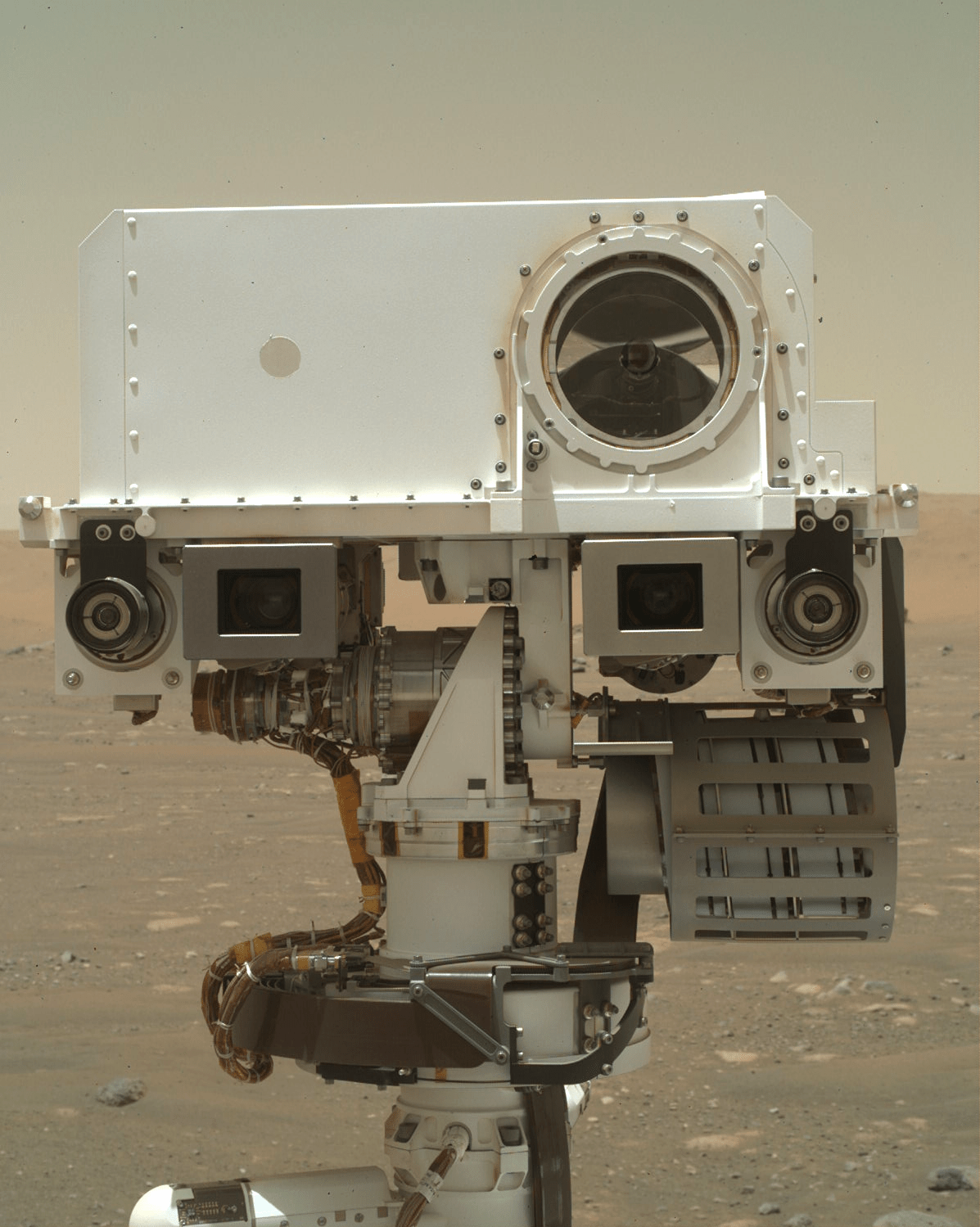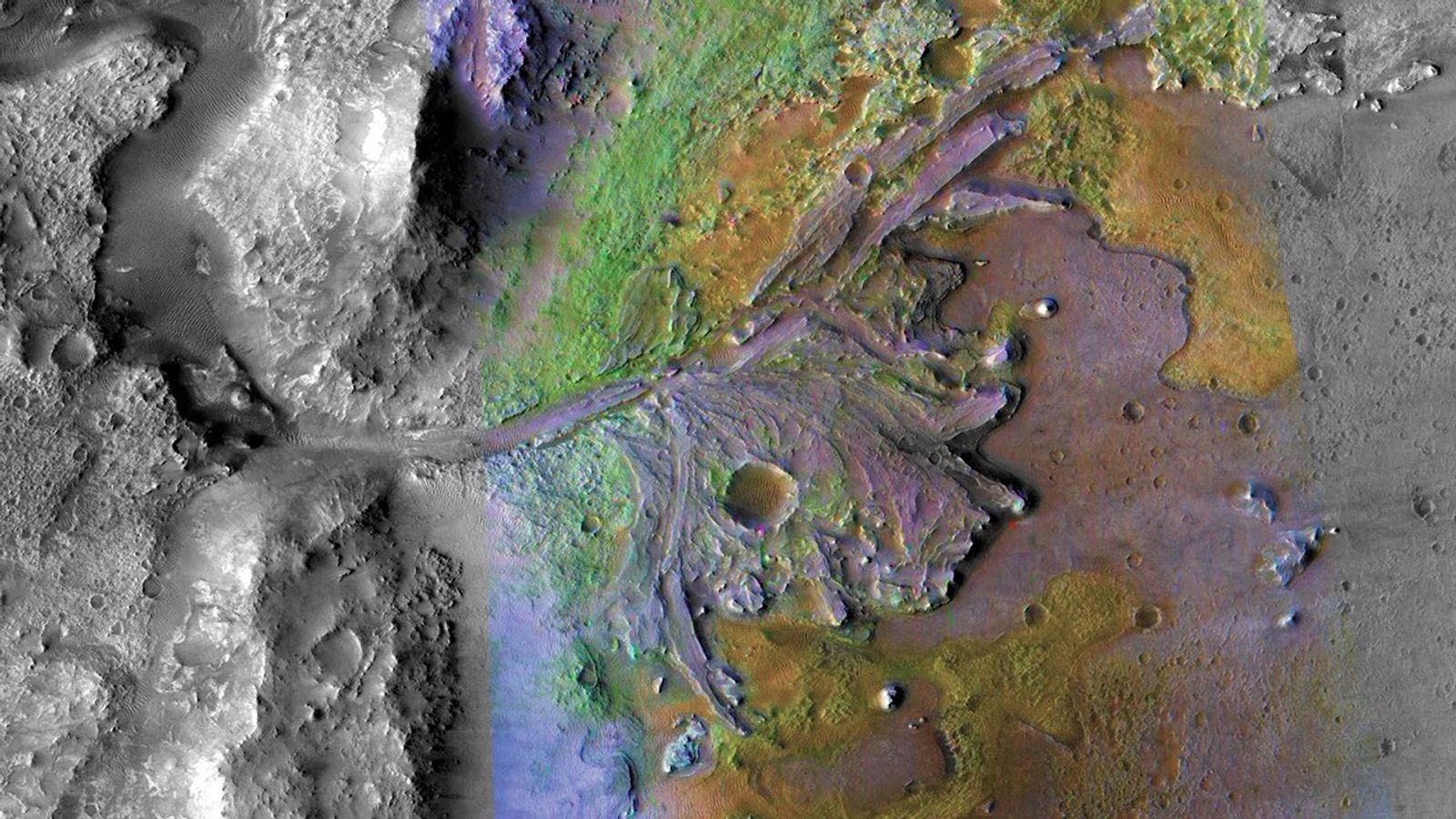We are planning 2 sols today to get a head start on the holiday weekend planning. We had several options today, including mobility and contact science with or without brushing, which made for an interesting day for me as SOWG Chair. Early in planning, we decided not to move and that our top priority is to brush and investigate a potential drill target just to the right of the Newmachar brush spot. The drill target cannot be finalized today, but the area to be brushed on Sol 1966, centered at "Lake Orcadie," is likely to include the drill target. Before the DRT is used on Lake Orcadie, ChemCam will measure its elemental composition at 9 points in a 3x3 raster and MAHLI will take images from 25 and 5 cm above the surface. ChemCam will also shoot its laser at another contact science target named "Forties," which should clean some of the dust off of the surface before MAHLI and APXS examine it later in the day. MAHLI will also acquire a full suite of images of the brushed spot before APXS is placed on it for an overnight integration.
On Sol 1967, the arm will be moved out of the way so that Mastcam can acquire multispectral observations of Lake Orcadie and "Loch Ba," where there appears to be a change in bedrock characteristics. Then ChemCam and Right Mastcam will observe a vein named "Loch Carron" and sedimentary laminations at "Village Bay." The Right Mastcam will also take an image of Forties before MSL rests and recharges in preparation for the weekend plan.
Unfortunately, we didn't get a successful relay from the Mars Reconnaissance Orbiter (MRO) this morning. We'll be relying on Mars Odyssey instead. Most of the data received from MSL have been relayed through MRO; both Opportunity and Curiosity depend on Mars orbiters to return data. This reminds me how essential the orbiters are to rover operations!
Written by Kenneth Herkenhoff, Planetary Geologist at USGS Astrogeology Science Center

